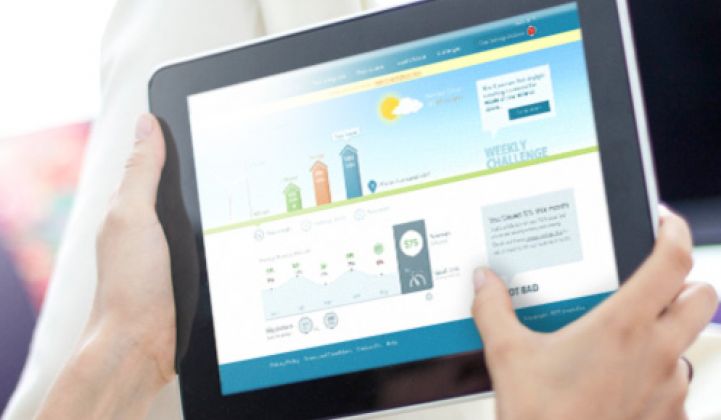A lot of attention has been focused on the New York Public Service Commission and the “Reforming the Energy Vision” initiative it launched this spring.
Last week in Albany, the commission heard reports from several different working groups that have been meeting over the past couple of months to work out the details of the sweeping vision to recast the utility as a “distribution system platform provider.” For those companies operating primarily in consumer (as opposed to utility) market channels, these changes could mark a new era of innovation.
Consumers today have a range of off-the-shelf options for intelligent thermostats, control devices, auditing and diagnostic software. Data-driven solutions are allowing companies to microtarget customers and increase the effectiveness of both regulated programs and services offered competitively at the system level.
Regulated programs have expanded in recent years to include behavior-based initiatives and “bring-your-own-thermostat” programs for residential demand response. Discussions within the working groups raised the idea of a utility-hosted “marketplace” to facilitate commerce between consumers and products and services, perhaps as a transition strategy.
But it’s clear that the consumer channel presents the greatest opportunity to yield innovation in the years ahead. Consumers may not be particularly interested in their energy use per se, a factor which has been identified repeatedly by the commission as a barrier, but they are purchasing energy efficiency and load-control capabilities embedded within home security, entertainment and connected lifestyle solutions. The question that New York has raised is how to leverage these capabilities toward their “market animation” goals.
At the most basic level, the “reformed” energy vision is similar to the old energy vision: engaged and informed customers buying products and services that encourage investments to improve the system.
As the commission noted in the initiating order, it is really only the context, not the fundamental vision, that has changed. But in this new context, there are four fundamental barriers that need to be addressed to fulfill the market animation goals the commission has set.
First, consumers must be informed and able to engage with the market, which begins with access to their usage, pricing and account information. These factors were consistently identified as barriers that prevent consumers from engaging with the market in the first place. For seemingly simple transactions like enrolling in programs and signing up for competitive services, lack of account information is an existential barrier. Similarly, innovative services such as building profiling, device disaggregation and energy auditing software are available now, but lack the kind of information that should be provided as a component of basic service for all customers.
Second, a distribution platform must be designed to engage with other technology platforms in the non-utility channel. Tariffs designed at both the customer level and the aggregator level will more effectively allow neighborhoods of homes with intelligent thermostats to provide demand response services, for example.
Third, innovators will need some basic profile information of the distribution grid as it exists today. Feeder-level profile information with corresponding tariffs will ensure that distributed energy resources of all kinds are located in the right place on the grid. California is pursuing just such distribution-level planning, with an implementing proceeding anticipated later this year.
Fourth, the consumer market can be a tremendous resource from an investment perspective. Individual consumers will help upgrade the system and deploy in-home technologies if there are pathways that allow them to upgrade their meters or allow for new service providers to make investments in network upgrades.
If and how New York will be able to restructure its distribution market remains an open question. But the regulators in the state have done the entire industry a favor by putting these important questions forward, creating the prospect of real regulatory change.
***
Cameron Brooks has spent more than two decades at the cutting edge of energy markets and environmental advocacy. He is currently president of E9 Insights, and was formerly vice president for policy at Tendril.



